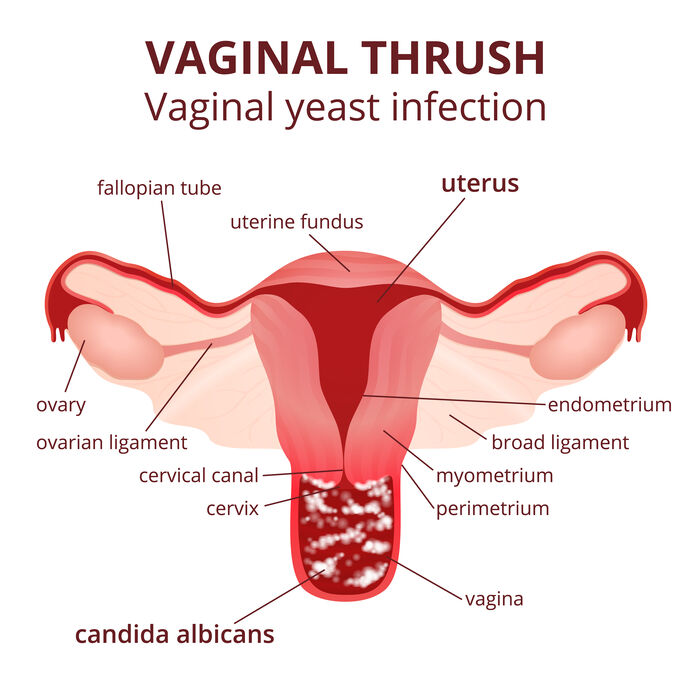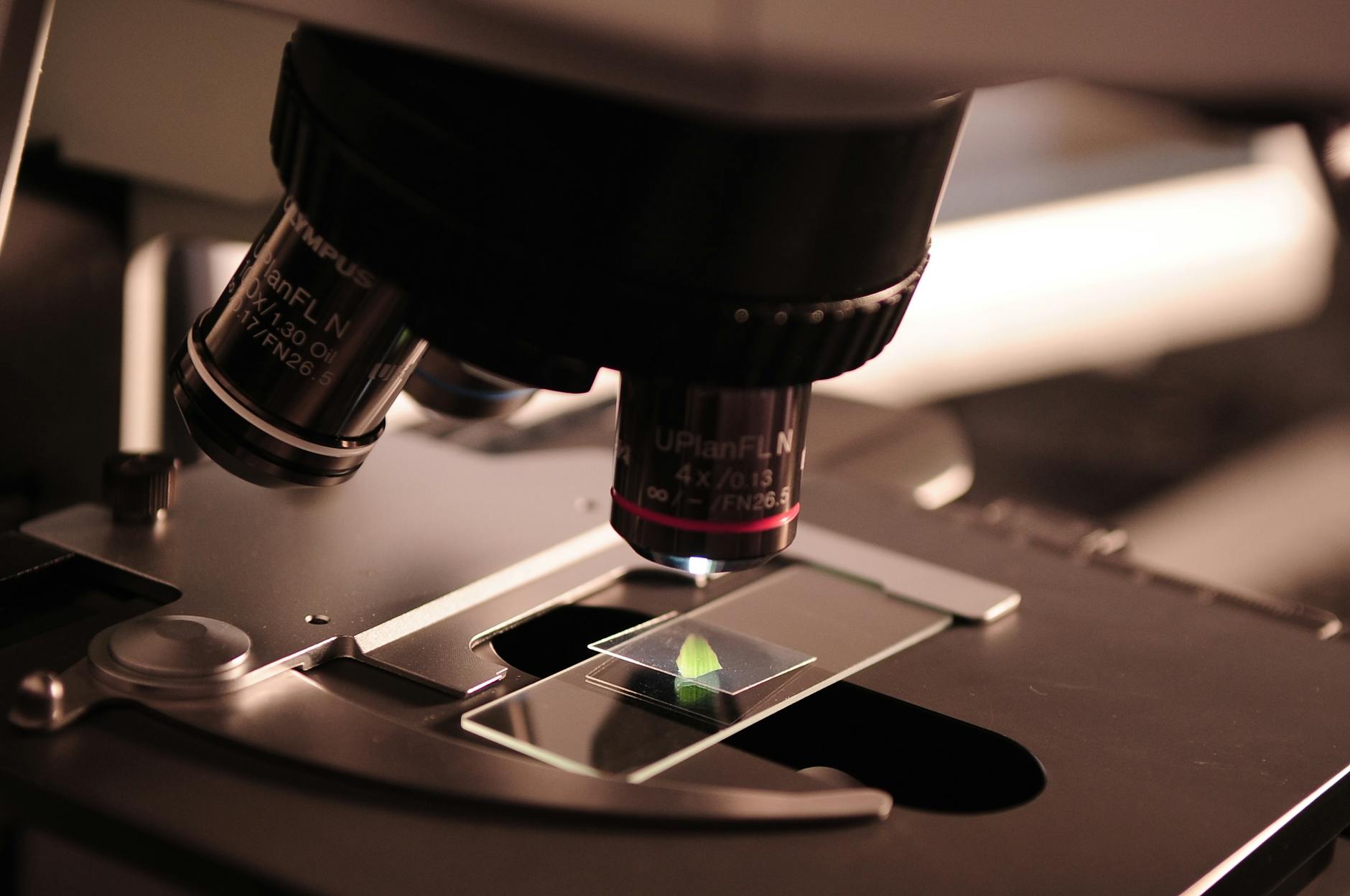Uncover the surprising reasons behind frequent yeast infections and how to prevent them for good. Don’t miss out on this!
Table of Contents
- Introduction: Understanding Yeast Infections
- How Does Yeast Live in Our Body?
- When Yeast Becomes a Nuisance
- Factors That Encourage Yeast Infections
- Lifestyle and Yeast Infections
- The Invisible Enemy: Bacteria
- Treating the Unwelcome Guest: Yeast Infection Treatment
- Preventing Yeast Infections
- When to See a Doctor
- Conclusion: Friendly Yeast, Foe Yeast
- FAQs About Yeast Infections
Introduction: Understanding Yeast Infections
This section aims to provide a basic understanding of what a yeast infection is and set the stage for delving deeper into the topic.
What is a Yeast Infection?
A yeast infection is a type of fungal infection caused by an overgrowth of a fungus called Candida. These infections can occur in various parts of the body, such as the mouth, throat, skin, and genitals. For example, a common type of yeast infection that affects many girls and women is vaginal yeast infection.
Candida is normally present in our bodies in small amounts and coexists peacefully with other microorganisms. However, certain factors can disrupt this balance, leading to an overgrowth of yeast and causing an infection.
Now that we have a basic understanding of what yeast infections are, let’s explore how yeast lives in our bodies and the conditions that make it become a nuisance.
How Does Yeast Live in Our Body?
Yeast is a tiny organism that normally lives in our bodies without causing any problems. It’s like having a tiny roommate that’s usually pretty chill. Most of the time, yeast hangs out in warm, moist areas like the mouth, gut, and skin, just doing its thing without bothering us.
Yeast’s Natural Habitat
Our bodies are like a big city full of different neighborhoods where different creatures live. Yeast’s favorite spots are places where it’s cozy and warm. For example, in the mouth, it can be found on the tongue or inside the cheeks. In the gut, it helps with digestion by breaking down some foods. And on the skin, it’s just hanging out, minding its own business.
When the balance of yeast in our body gets disrupted, that’s when yeast infections can happen. It’s like when that chill roommate starts throwing wild parties and making a mess in your apartment – not cool!
When Yeast Becomes a Nuisance
Yeast is like a tiny microorganism that lives in our bodies, usually in harmony with other bacteria. But sometimes, this tiny creature can get a bit too excited and start multiplying like crazy. Imagine a cozy neighborhood where everyone gets along, but suddenly one household throws a party that gets out of control. That’s what happens when yeast starts going wild.

Image courtesy of via Google Images
When yeast overgrows, it can lead to what we call a yeast infection. Yeast infections can happen in different parts of the body, like the mouth, skin, and yes, even in private areas. It can cause discomfort, itchiness, and redness, making life a bit less fun than usual.
Factors That Encourage Yeast Infections
One key factor that encourages yeast infections is high sugar levels in the body. For example, in conditions like gestational diabetes, where the body has elevated sugar, yeast can thrive and multiply at a faster rate. This excess sugar provides a perfect environment for yeast to grow, leading to frequent infections.
Hormones Going Haywire
Another factor that can encourage yeast infections is hormonal changes. Hormones play a significant role in regulating the body’s functions, including the balance of yeast. When hormones go haywire, such as during puberty, pregnancy, or menopause, this imbalance can create an opportunity for yeast to overgrow and cause infections. Therefore, it’s important to understand how hormonal shifts can influence the frequency of yeast infections.
Lifestyle and Yeast Infections
Yeast infections can sometimes be influenced by the way we live and the things we eat. Let’s explore how certain lifestyles and health conditions can lead to frequent yeast infections.
Image courtesy of via Google Images
Eating Habits and Yeast
Our diets play a big role in keeping our bodies healthy. If you have lactose intolerance or celiac disease, you might need to change what you eat. These changes can sometimes affect the levels of yeast in your body. Yeast loves sugar, so if your meals are high in sugar, it can make yeast grow more than it should. It’s like giving yeast a feast!
By making smart food choices and following your special diet, you can help keep yeast in check. Eating plenty of fruits, vegetables, and whole grains while cutting back on sugary snacks can create a balanced environment in your body.
Remember, everything you eat can have an impact on how your body works. So, choosing foods that are good for you can also help keep troublesome yeast at bay.
The Invisible Enemy: Bacteria
When it comes to keeping our bodies healthy, bacteria play a crucial role. Some bacteria are our friends, working hard to keep everything in balance, while others can cause trouble. Our bodies are like a big city, with bacteria living in various neighborhoods. The good bacteria are like the helpful police officers, making sure everything runs smoothly. But sometimes, the bad bacteria can sneak in and cause mischief.
One area where this battle between good and bad bacteria often takes place is in the vagina. The vagina has its own unique ecosystem, with certain types of bacteria that help prevent infections. However, when the balance tips, and the bad bacteria start to outnumber the good ones, a condition called bacterial vaginosis can occur. This can lead to symptoms like unusual discharge and discomfort.
Think of the bacteria in the vagina as a team working together to protect it from intruders. When the bad bacteria take over, it’s like they’ve invited a bunch of troublemakers to the party, causing chaos and disrupting the peace. This imbalance can create the perfect environment for yeast to grow out of control, leading to a yeast infection.
So, it’s essential to keep the good bacteria happy and in charge to maintain a healthy balance and prevent issues like bacterial vaginosis and yeast infections. Just like we need good cops to keep the city safe, we need good bacteria to keep our bodies healthy!
Treating the Unwelcome Guest: Yeast Infection Treatment
In the battle against yeast infections, it’s essential to know how to kick those pesky invaders out. Luckily, there are ways to get rid of them and bring harmony back to your body.
Image courtesy of via Google Images
Getting Yeast Back in Harmony
When yeast starts causing trouble, there are a few things you can do to show them the exit. One common way is to use antifungal creams. These creams are like superhero shields that fight against the yeast to restore balance. Just apply them to the affected area as directed.
If creams aren’t your thing, there are also antifungal suppositories. These are small capsules that you insert into the vagina to target the yeast directly. It’s like sending in special forces to defeat the enemy.
Another option is oral antifungal medications. These are like secret agents that work from the inside out to eliminate the yeast. Your doctor might prescribe these if the infection is severe or keeps coming back.
Remember, it’s crucial to follow the instructions carefully when using any of these treatments. And always finish the full course, even if you start feeling better. That way, you make sure those yeast troublemakers are really gone for good.
Preventing Yeast Infections
Yeast infections can be bothersome, but there are ways to prevent them from happening often. By making some simple changes to your daily habits, you can keep yeast at bay and maintain a healthy balance in your body. Here are some tips and strategies to help you prevent yeast infections:
| Reason | Explanation |
|---|---|
| Weakened Immune System | Individuals with weakened immune systems are more prone to yeast infections as their body is less able to fight off the excess yeast growth. |
| Antibiotics Use | Antibiotics can disrupt the balance of good and bad bacteria in the body, leading to an overgrowth of yeast. |
| Poor Hygiene | Not maintaining proper hygiene in the genital area can create a moist and warm environment that is conducive to yeast growth. |
| Tight Clothing | Wearing tight clothing, especially undergarments, can restrict airflow and create a moist environment that promotes yeast growth. |
Daily Habits to Keep Yeast Away
1. Stay Clean: Keeping yourself clean and dry, especially in moist areas like the armpits and groin, can help prevent yeast from thriving. Make sure to shower regularly, use mild soap, and pat your skin dry instead of rubbing it.
2. Wear Breathable Clothing: Opt for loose-fitting clothes made from natural fabrics like cotton, which allow air to circulate and prevent moisture buildup, creating an environment that’s less favorable for yeast growth.
3. Avoid Harsh Chemicals: Some soaps, perfumes, and laundry detergents can irritate your skin and disrupt the natural balance of yeast in your body. Choose mild, unscented products to reduce the chances of irritation.
4. Maintain a Healthy Diet: Eating a balanced diet rich in fruits, vegetables, whole grains, and lean proteins can help support a healthy immune system, which in turn can lower your risk of yeast infections. Limiting sugary and processed foods may also help prevent yeast overgrowth.
5. Stay Hydrated: Drinking plenty of water helps flush toxins from your body and keeps your skin hydrated, reducing the likelihood of skin irritation and yeast infections.
By following these simple tips and making them part of your daily routine, you can significantly reduce the chances of yeast infections occurring frequently. Remember, prevention is key to maintaining a healthy balance of yeast in your body.
When to See a Doctor
While yeast infections can often be treated with over-the-counter medications or home remedies, sometimes it’s best to seek help from a doctor. If you or your child have never had a yeast infection before, or if the symptoms don’t improve after a few days of treatment, it’s a good idea to talk to a healthcare provider. Doctors are there to help, and they can provide guidance and prescribe stronger medications if needed to get rid of the infection.

Image courtesy of via Google Images
When Symptoms Are Severe
If the itching, burning, or discharge is particularly bothersome or if there are any unusual symptoms accompanying the yeast infection, such as fever, rash, or pain in the lower abdomen, it’s crucial to see a doctor promptly. These could potentially be signs of a more serious condition that requires medical attention.
Recurring Infections
For some individuals, yeast infections can become a recurring problem. If you find yourself dealing with frequent infections despite trying all the prevention strategies, it’s time to consult a doctor. They can help identify any underlying issues contributing to the repeated infections and recommend a personalized treatment plan to keep yeast at bay.
Conclusion: Friendly Yeast, Foe Yeast
In our exploration of yeast infections, we have uncovered how these pesky little organisms can sometimes turn from friendly neighbors to troublesome foes. Understanding the delicate balance between the yeast that naturally lives in our bodies and the factors that can tip the scale towards infection is crucial in keeping ourselves healthy.
Let’s Recap:
Yeast infections occur when the yeast in our bodies grows out of control, causing uncomfortable symptoms that can affect various parts of the body.
We learned that certain conditions like hormonal changes, high sugar levels such as in gestational diabetes, and even disruptions in our diets due to lactose intolerance or celiac disease can create an environment that promotes the overgrowth of yeast.
Not to mention the role of bacteria, where the good bacteria usually keep yeast in check, but when bad bacteria take over, issues like bacterial vaginosis can arise, creating more opportunities for yeast to cause trouble.
The Battle Plan:
To combat yeast infections, we have treatment options available that help restore the balance of yeast in our bodies. Remember, it’s essential to seek treatment when needed to prevent the infection from worsening.
Additionally, adopting healthy habits like maintaining good hygiene, following a balanced diet, and being mindful of our bodies can play a significant role in preventing yeast infections from making frequent appearances.
So, next time you feel the itch or notice other symptoms of a yeast infection, know that friendly yeast can sometimes become a foe, but with the right knowledge and actions, you can keep them in check and maintain a happy and healthy balance within your body.
FAQs About Yeast Infections
Can playing sports cause yeast infections?
Playing sports itself does not directly cause yeast infections. However, staying in sweaty clothes for a long time after exercising can create a warm and moist environment that may encourage yeast growth. So, it’s essential to change out of sweaty clothes and take a shower after physical activity to reduce the risk of yeast infections.
Why do girls get yeast infections more than boys?
Girls are more prone to yeast infections than boys because they have a different anatomy. The vagina provides a cozy environment for yeast to grow and thrive, while boys have a different setup that is less conducive to yeast overgrowth. Hormonal changes during puberty in girls can also contribute to an increased risk of yeast infections.
Can what I eat help prevent yeast infections?
Yes, what you eat can play a role in preventing yeast infections. A balanced diet that includes plenty of fruits, vegetables, whole grains, and lean proteins can help keep your body in balance and reduce the chances of yeast overgrowth. If you have lactose intolerance or celiac disease, it’s crucial to follow a diet that suits your specific needs to maintain a healthy balance and prevent yeast infections.





